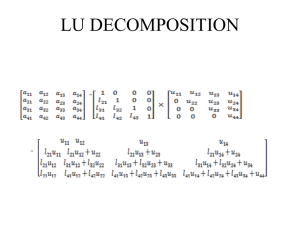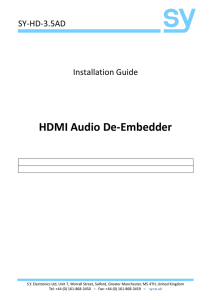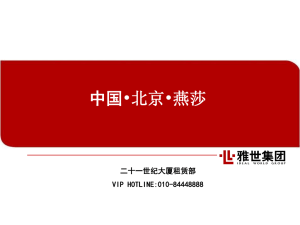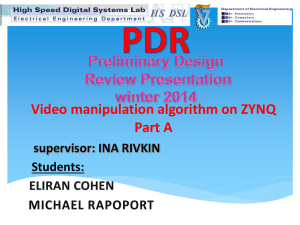C through UVM
advertisement
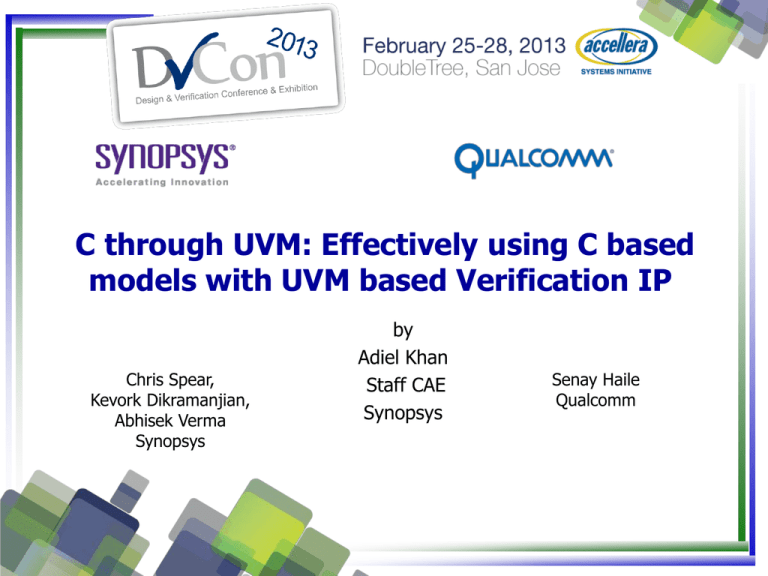
C through UVM: Effectively using C based models with UVM based Verification IP Chris Spear, Kevork Dikramanjian, Abhisek Verma Synopsys by Adiel Khan Staff CAE Synopsys Senay Haile Qualcomm Agenda: • • • • • • • • Introduction Project Milestones The Testbench The Test Flow Stimulus Generation Reconfiguration Audio/Video Score-boarding Take Away! 2 of (total number of slides) Sponsored By: Introduction Sponsored By: The challenge for this project was to integrate the legacy C testbench used for HDMI stimulus generation with the HDMI UVM based VIP Ensure complete reuse of the C-based testbench and efficient usage of the HDMI UVM VIP The HDMI VIP uses UVM-compliant classes to represent protocol activity and the characteristics of that activity. The C testbench acts as a stimulus generator and creates the frame as per the HDMI protocol. The frame data is passed to the UVM based VIP, which drives them on signal interface as per the protocol 3 of (total number of slides) Project Milestones Define the communication between the C testbench and the UVM based VIP Develop the SystemVerilog Direct Programming Interface (DPI-C) code to transfer data from C to SystemVerilog side of testbench 4 of (total number of slides) Transfer data between the C and SystemVerilog parts of the testbench with DPI-C Sponsored By: Establish the connectivity between the C testbench, the UVM based VIP (source) and the DUT (sink) Configure the HDMI UVM VIP to run tests The Testbench Sponsored By: C COMPONENTS SNPS HDMI VIP QCOMM DUT 5 of (total number of slides) The Test Flow – 1/2 Sponsored By: • The UVM VIP enters build phase, deliberately skips the randomization of the configuration class and then enters the connect and run phases where it polls the test_done flag, set by the C model. • The C model initializes and then calls test library functions to set high-level knobs. DPI-C functions are used to set fields which eventually go into SystemVerilog constraint blocks within the configuration class. Constraints include video, audio and packet mode and traffic profile. 6 of (total number of slides) The Test Flow – 2/2 Sponsored By: • The C model calls a SystemVerilog function which builds and randomizes the configuration class with the applied constraints • The C model reads back low-level constraints which were solved by HDMI VIP and then configures the DUT with same constraints. • C model starts HDMI traffic sequence in the VIP. In the UVM VIP, the sequence generates N transactions and sends it to driver and then to the DUT 7 of (total number of slides) Stimulus Generation – 1/2 Sponsored By: • The video frame stimuli needed to be generated from C test library and sent to the HDMI VIP via DPI-C tasks. • The DPI-C export task sv_hdmi_send_frame_line() is invoked from C test library, and within the task a DPI-C import task c_hdmi_get_frame_line_pixels() is invoked from HDMI VIP to retrieve the frame line from C test library and pack it to the HDMI VIP sequence item for transmission. 8 of (total number of slides) Stimulus Generation – 2/2 Sponsored By: C-side SV/UVM-side 9 of (total number of slides) Reconfiguration Sponsored By: • UVM models generally configure during build phase. • Need to reconfigure the UVM model, once C testbench has determined its configuration • Reconfigure architecture of the UVM model enables smooth integration with non-UVM testbenches. 10 of (total number of slides) Video Score-boarding Sponsored By: • By allowing the HDMI VIP to retrieve video frames from the C test library, the same video frame stimuli can be applied to both testbenches for producing golden memory dumps • The video data scoreboard relied on the C reference testbench for reference video frames. • The C reference testbench contains models which emulate the video processing functions found in the DUT. • Once a C simulation completes the memory output file is used to validate the RTL simulation results. In this way the video data scoreboard acts as a post-process checker. 11 of (total number of slides) Audio Score-boarding Sponsored By: • Audio data was entirely generated and checked within the context of the HDMI Source VIP. • A callback function within the UVM based HDMI Source monitor was used to extract reference audio samples and queue them up in the scoreboard for future comparison. 12 of (total number of slides) Take Away! Sponsored By: Integrating Qualcomm legacy C testbench with the Synopsys HDMI UVM VIP helped pull in project verification schedule by at least 3 man months. The simulation performance was measured as a tradeoff between the relaxed System Verilog constraint solver efforts and overhead for DPIC calls. Though the UVM based HDMI VIP was used to demonstrate this flow, the approach can be well leveraged with other VIPs and methodologies across various constrained random verification environments to increase the verification productivity 13 of (total number of slides) Sponsored By: 14 of (total number of slides)
